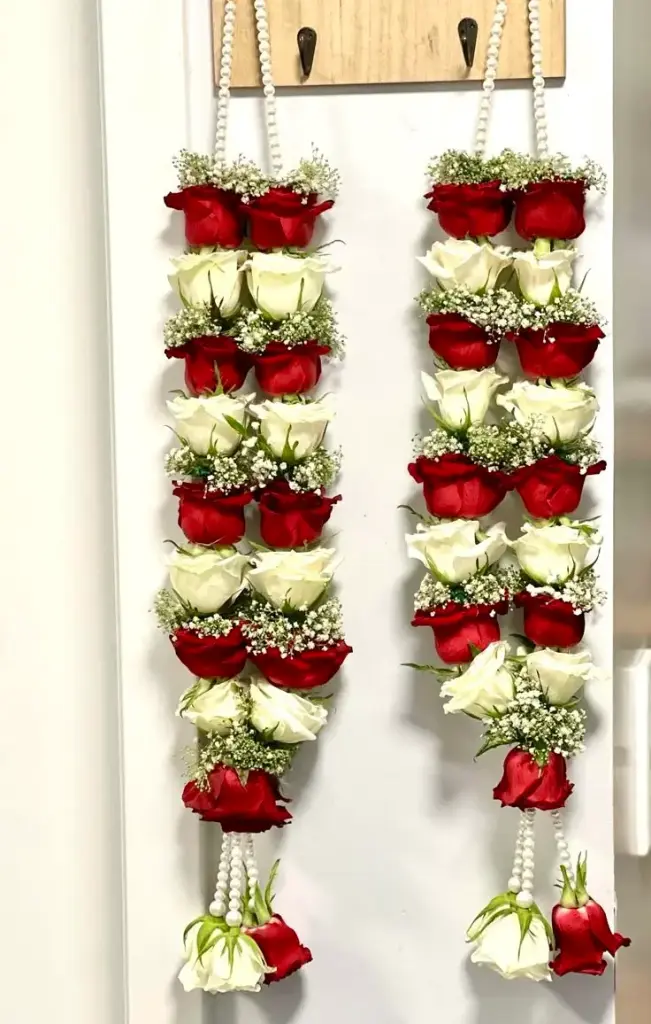Varmala
The varmala, also known as jaimala, is a garland exchange ceremony that marks the beginning of a Hindu wedding. It's a symbolic ritual where the bride and groom exchange garlands, signifying their acceptance of each other as partners for life. This first ritual of the wedding is often a joyous and fun occasion, with playful banter and sometimes even playful competition between the bride and groom's sides.
Here's a more detailed description:
- Significance:The varmala symbolizes the couple's willingness to enter into a marital relationship and their acceptance of each other. It's a public declaration of their commitment to love, responsibility, and companionship.
- The Ceremony:The varmala ceremony is a lively and energetic part of the wedding. The bride and groom typically exchange garlands while standing or sitting on a stage or platform, surrounded by their families and friends.
- Playfulness and Fun:The varmala ceremony is often a playful affair, with the bride and groom teasing each other and their friends trying to make it difficult for them to exchange the garlands. Sometimes, the groom's friends will lift him up to prevent the bride from placing the garland on him, while the bride's friends will do the same to prevent the groom from putting the garland on her.
- Symbolism of Flowers:The garlands are typically made of fresh flowers like roses, marigolds, or orchids, often with decorative elements like currency notes. The flowers symbolize love, happiness, and prosperity.
- Modern Variations:While traditional varmalas are made of flowers, modern variations can include decorative elements like currency notes or other symbolic items.
In essence, the varmala ceremony is a visually striking and emotionally significant part of a Hindu wedding, marking the official start of the couple's journey together.
